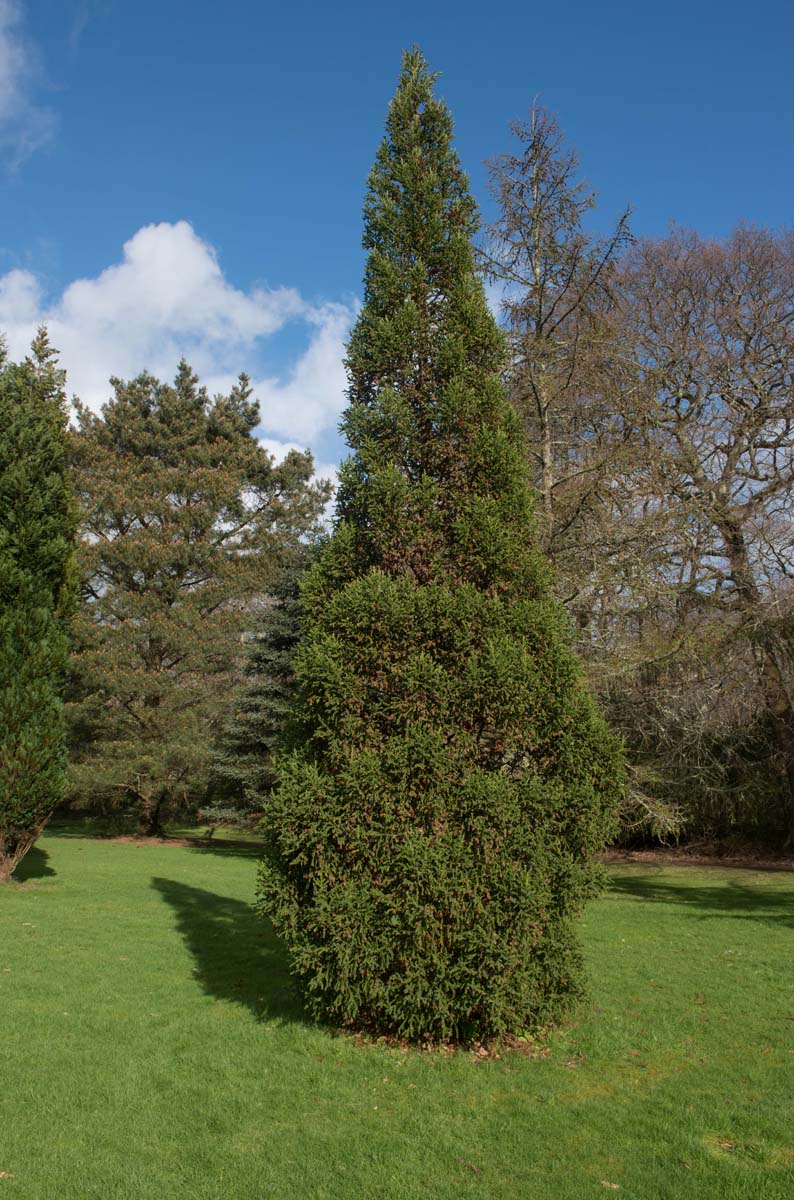Description
Athrotaxis – Tasmanian Cedar
There are 3 species, one of which is a natural hybrid, of slow growing, long lived, compact, coniferous trees, in this genus. They are found in mountainous areas of Western Tasmania and Australia in rocky gullies on exposed rigids or around lakes. They usually take 2 or 3 decades to reach tree size. They have fissured bark that shreds in red to gray-brown stripes. It produces flattened needle to scale like or ovate overlapping leaves arranged in spirals and lying flat. They bear spherical or ovoid cones that are green ripening to brown. Female cones have 10-16 scales. Great as a small specimen trees, and will thrive in areas with cool humid summer.
Grow these moderately frost hardy trees in cool, permanently moist, but well drained, moderately fertile, humus rich, preferably slightly acidic soil in full sun.
Athrotaxis selaginoides – King Billy Pine – King William Pine – This conical coniferous tree from Western Tasmania grows to 50-100’ feet tall and 12-25’ feet wide but less is more common. The fissured, shredding, soft reddish-brown bark grows on a trunk that can reach 8’ feet in diameter. It produces incurved, sharply pointed, bright green ovate leaves up to ½” long with contrasting white banded undersides. In spring it bears spherical cones up to 1 ¼” long becoming orange brown when ripe. Formely important timber tree.
Zones 8-9





